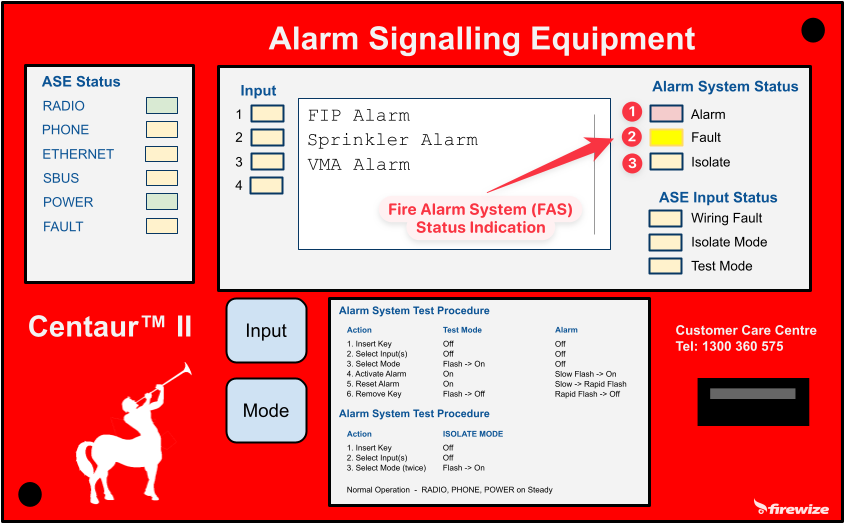There is no one single cause of a fault on a fire detection and alarm system, however faults can be grouped into one of the following categories;
- A fire detector that is excessive contaminated (dirty) and is reporting a "maintenance alert";
- A fire detector that has been damaged, interfered with or disturbed (this could be by one of the following causes;
- physical damage;
- caused by building works such as a tenancy fit-out; or
- activity caused by a contractor, cleaner or member of the public; or
- water damage.
- A fire detector that has been removed;
- A filter for an aspirating smoke detector that has expired;
- An aspirating smoke detector that has low air-flow or high air-flow;
- A projected beam detector that is not aligned correctly.
- A fire detector or other device with a defined service life that has been exceeded.
- An end of line monitoring device that is not being detected.
There may be other reasons for faults, but the vast majority fall into these categories.
